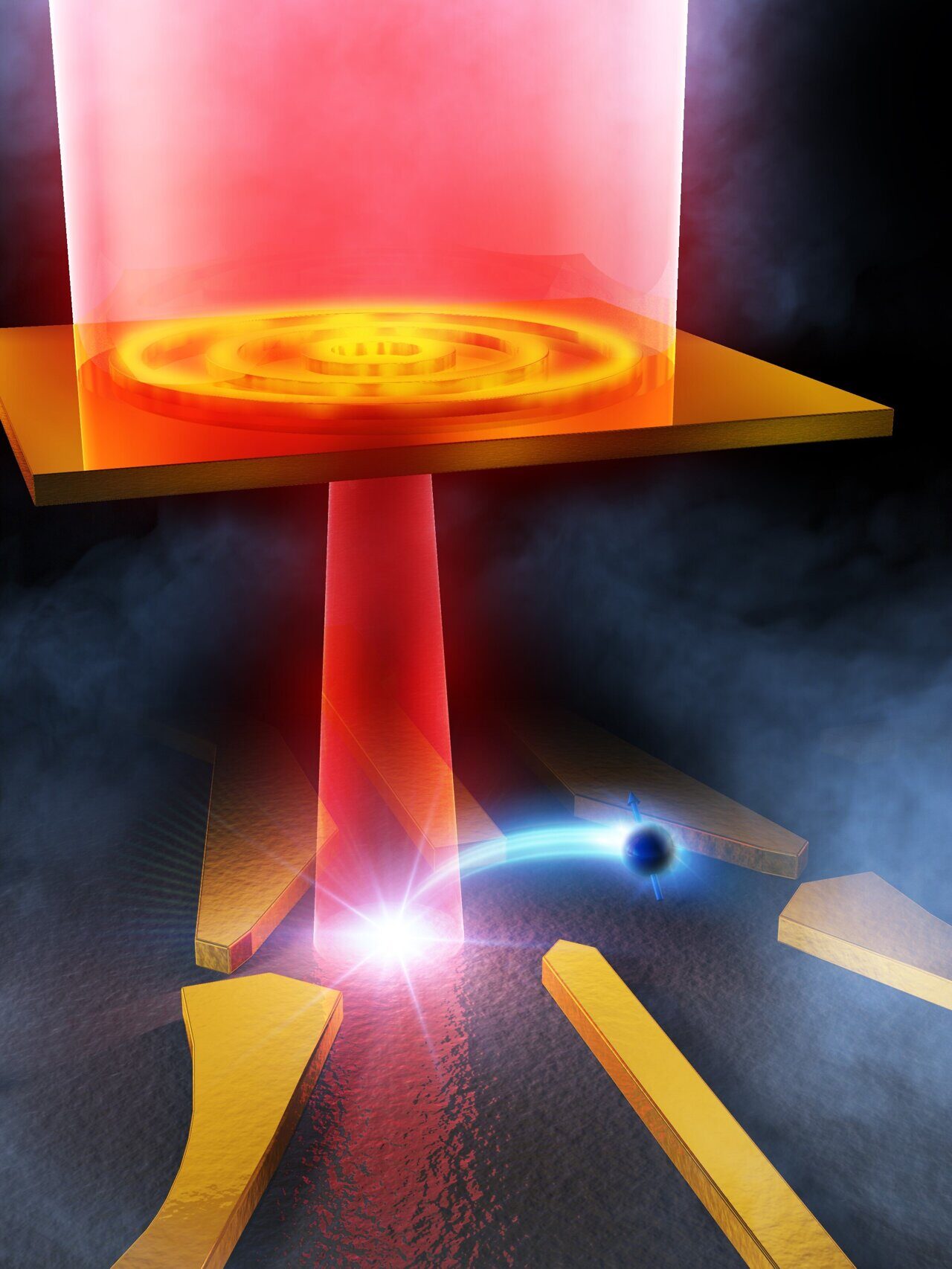
In a study recently published in Applied Physics Express, researchers from Osaka University and collaborating partners have substantially enhanced photon-to-electron conversion through a metal nanostructure, which is an important step forward in the development of advanced technologies for sharing and processing data.
Classical computer information is based on simple on/off readouts. It's straightforward to use a technology known as a repeater to amplify and retransmit this information over long distances. Quantum information is based on comparatively more complex and secure readouts, such as photon polarization and electron spin. Semiconductor nanoboxes known as quantum dots are materials that researchers have proposed for storing and transferring quantum information. However, quantum repeater technologies have some limitations — for example, current ways to convert photon-based information to electron-based information are highly inefficient. Overcoming this information conversion and transfer challenge is what the researchers at Osaka University aimed to address.

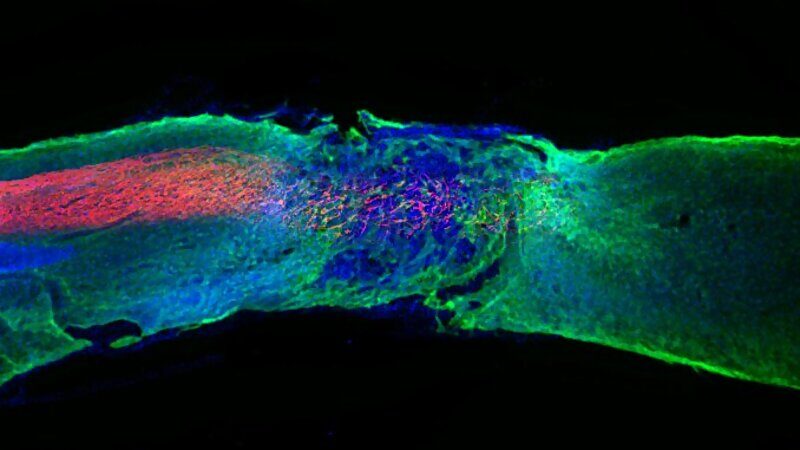
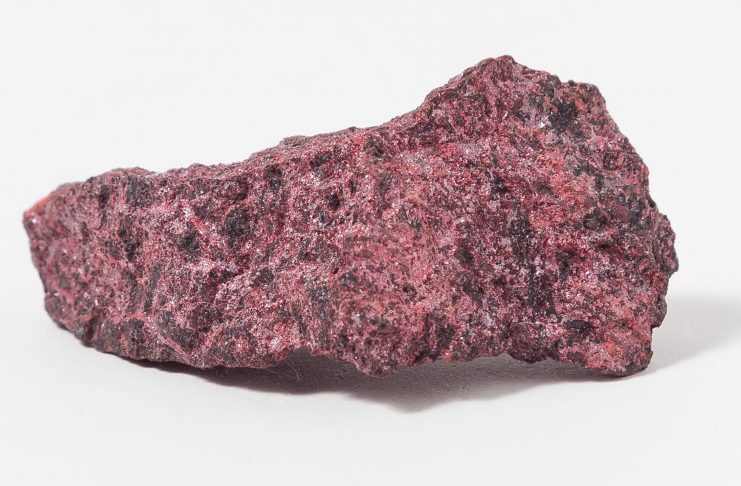

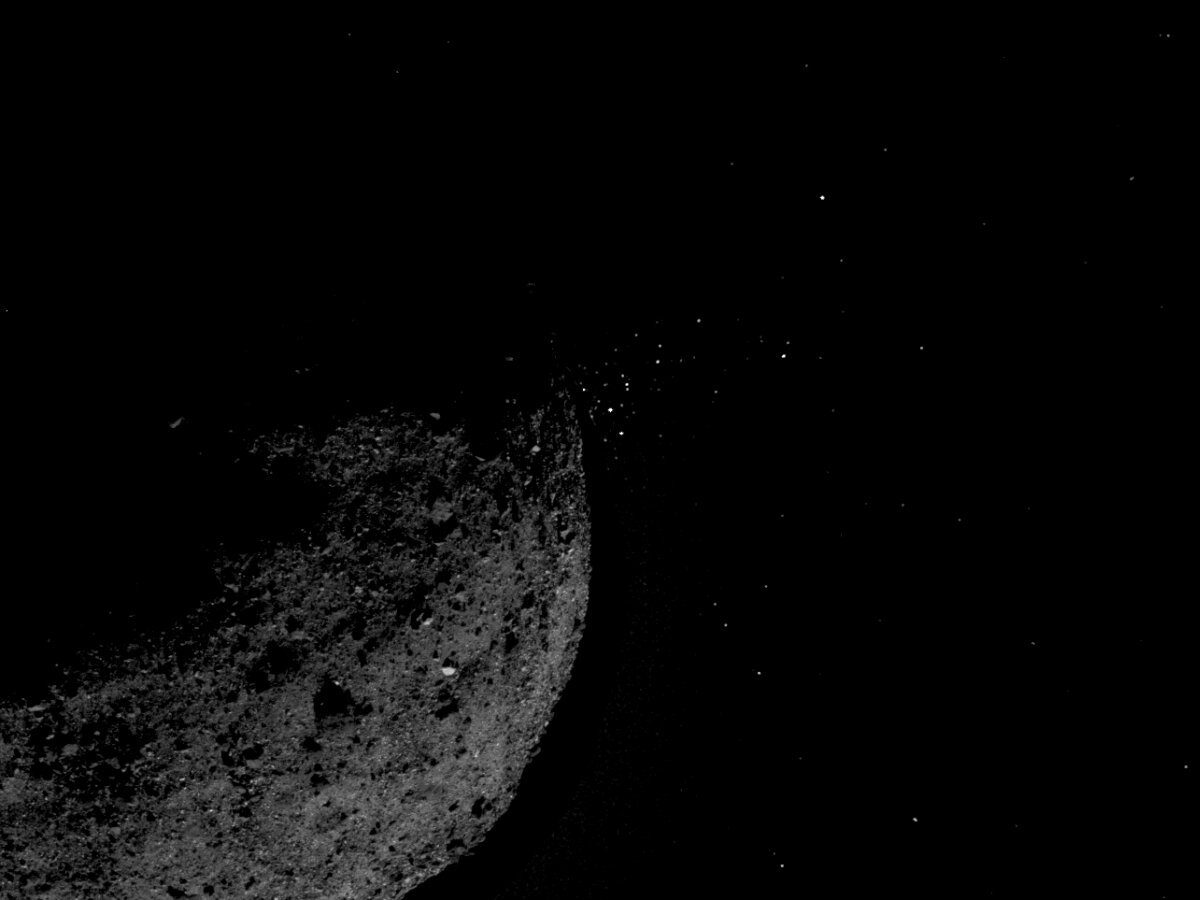
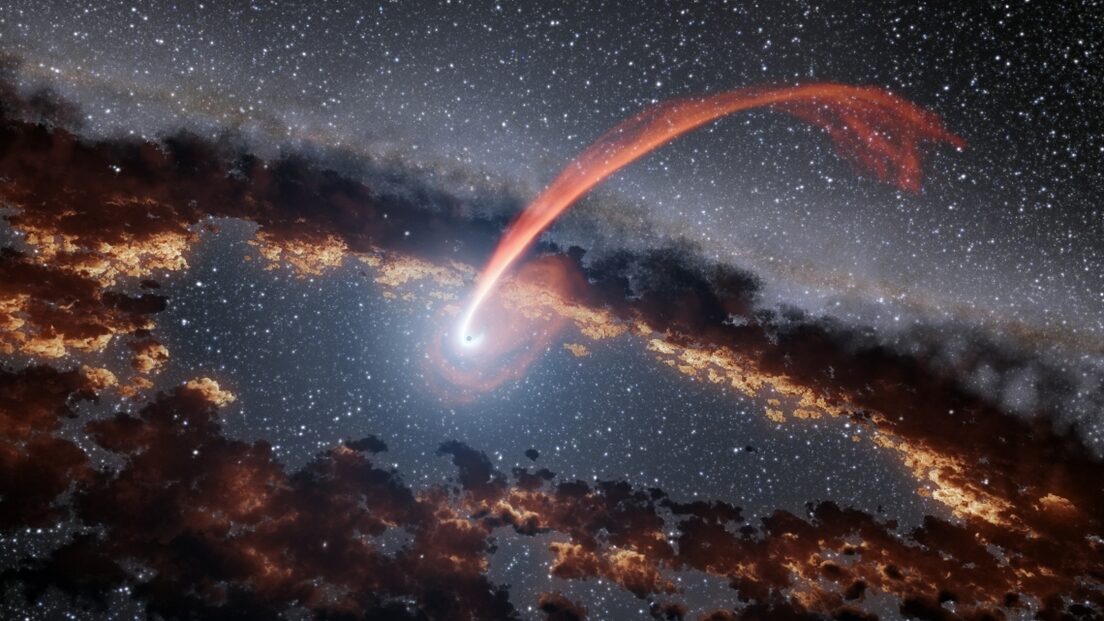
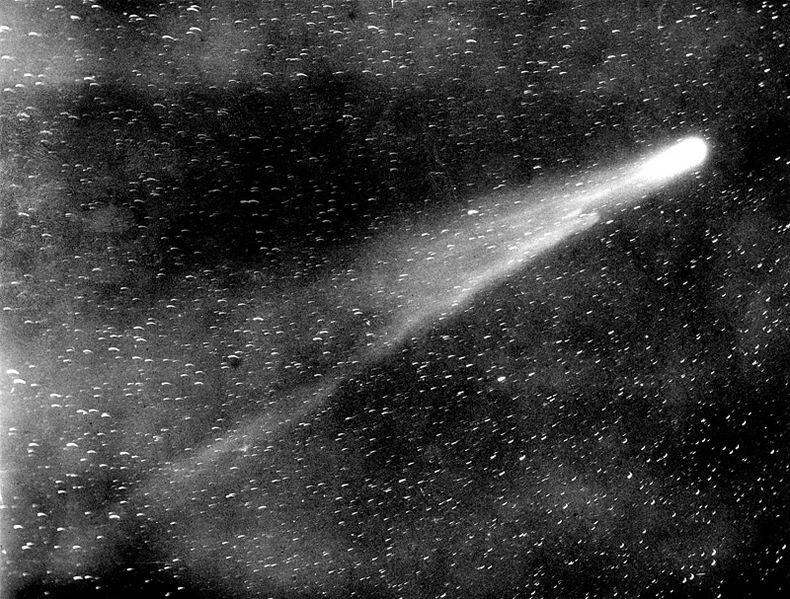
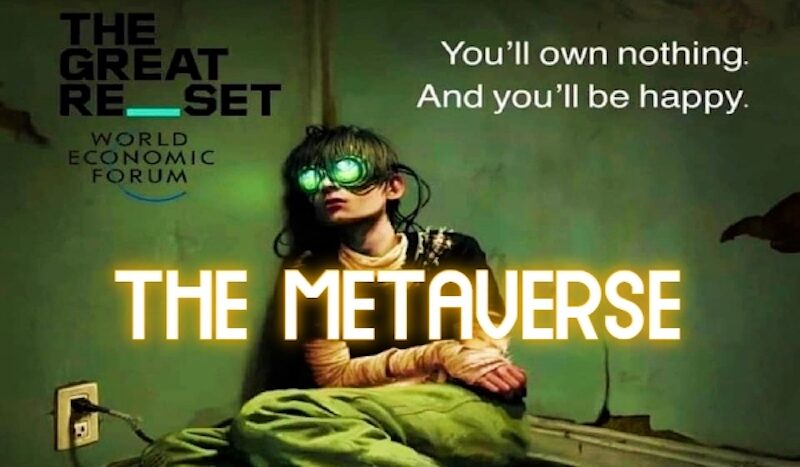
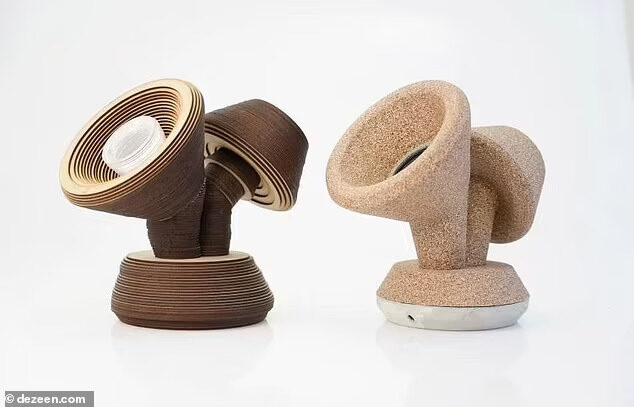



Comment: Considering the uptick in unusual phenomena on our planet, the apparent increase in space weather events, and what this may portend, this is a rather timely development:
- Cosmic climate change: 'Space plasma hurricane' observed in ionosphere above North Pole!
- Megacomet Bernardinelli-Bernstein is the find of a decade, here's why
- Volcanoes, Earthquakes And The 3,600 Year Comet Cycle
- A warning from history: The Carrington event was not unique
Also check out SOTT radio's: